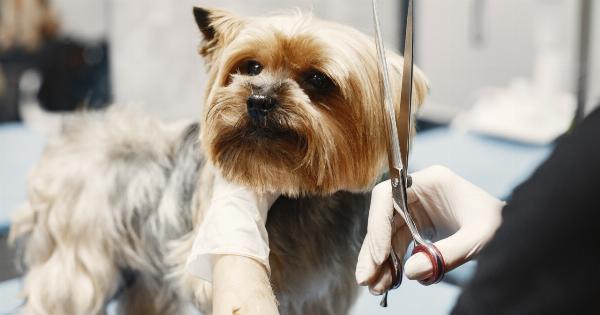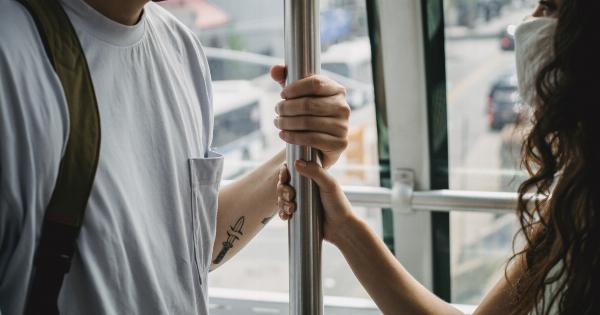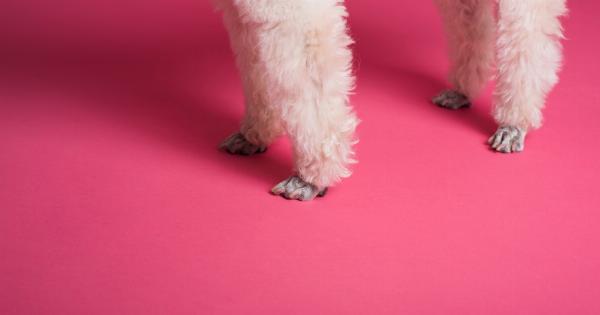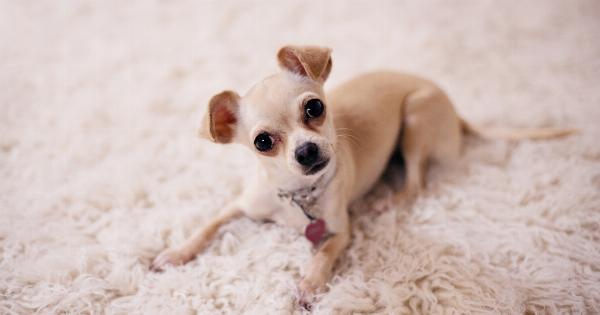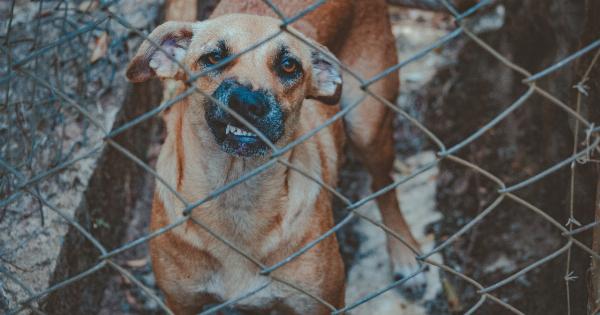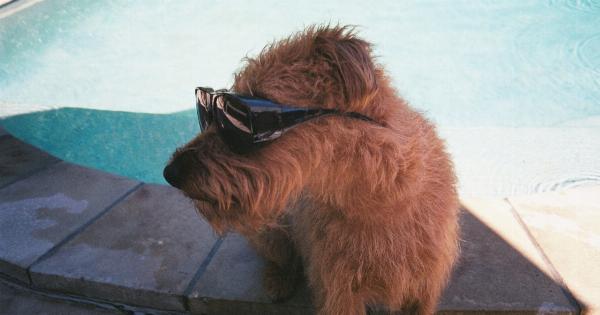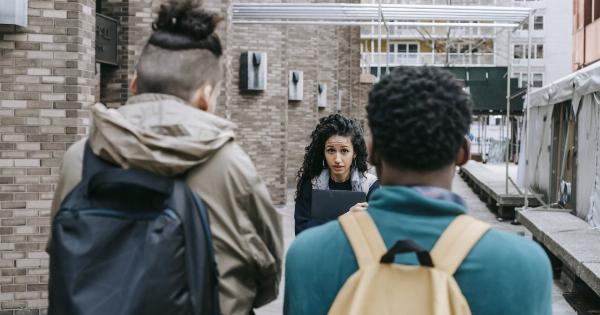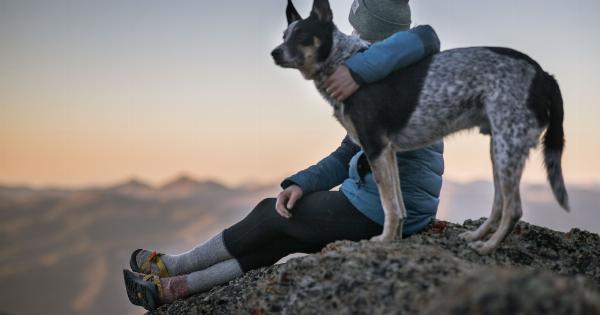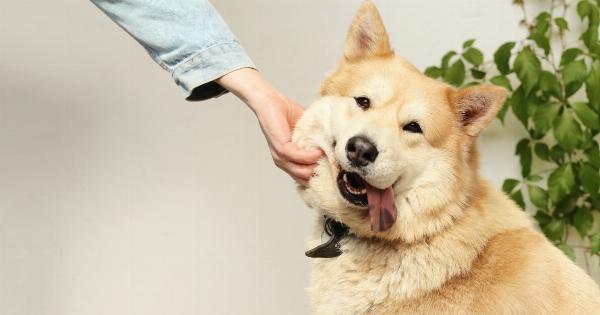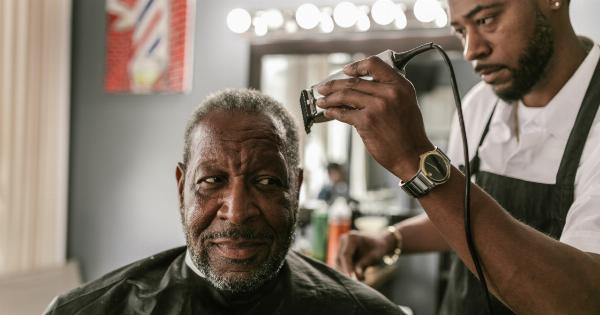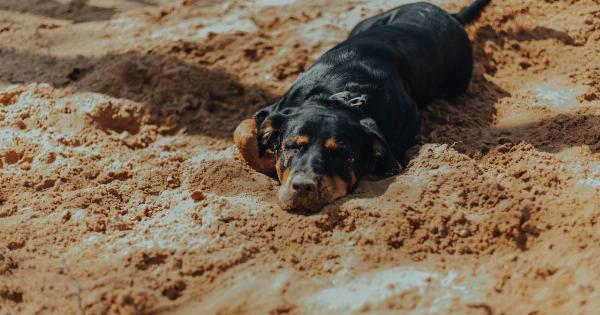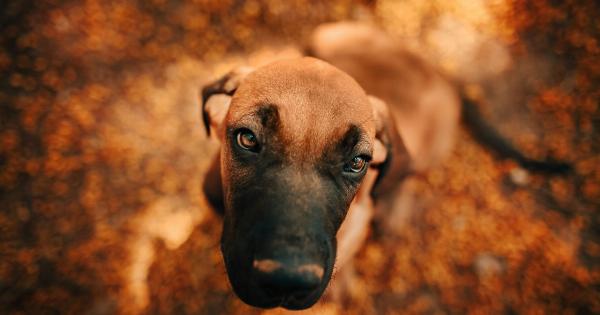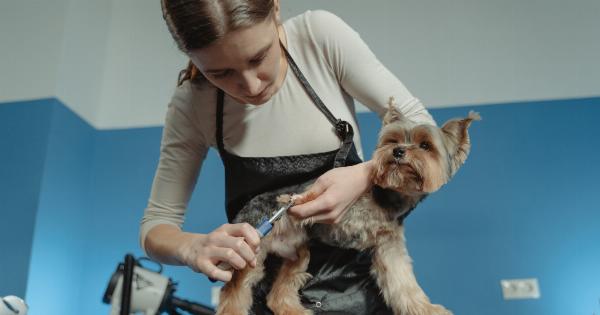For many dogs, a trip to the groomer can be a stressful and anxiety-inducing experience.
Understanding the root causes of this fear and learning how to manage it effectively can help make grooming appointments a more positive and less traumatic experience for your furry friend. Whether your dog exhibits mild discomfort or severe anxiety, there are several strategies you can employ to help alleviate their fears and ensure a smoother grooming process.
This article will explore some of the common reasons why dogs may fear the groomer and provide practical tips for managing their anxiety.
Reasons for Fear and Anxiety
There are various factors that can contribute to a dog’s fear of the groomer. Understanding these factors can help you address the issue more effectively:.
Past traumatic experiences
If your dog has had a negative experience during a previous grooming session, such as being handled roughly, experiencing pain, or feeling trapped, they are likely to associate groomers with fear and discomfort.
This association can create a lasting fear response that may be triggered every time you visit the groomer.
Lack of socialization
Dogs that have not been adequately socialized with different grooming environments, equipment, and procedures may become fearful or anxious when faced with unfamiliar sights, sounds, and sensations.
This lack of exposure can make even routine grooming tasks seem overwhelming and scary for them.
General anxiety or temperament
Some dogs are naturally more anxious or fearful by nature. These dogs may find any new or unfamiliar situation, such as going to the groomer, extremely stressful.
Their fear response may be heightened, making it challenging for them to stay calm and cooperative during grooming sessions.
Medical conditions or discomfort
In some cases, a dog may associate the groomer with underlying medical conditions or discomfort.
For example, a dog with joint pain or arthritis may experience increased pain during grooming procedures, causing them to develop fear or anxiety over time.
Use Positive Reinforcement Training
Positive reinforcement training is an effective technique that can help your dog associate the groomer with positive experiences. Here’s how you can implement it:.
Familiarize your dog with grooming tools and equipment
Gradually introduce your dog to various grooming tools and equipment, such as brushes, clippers, and nail trimmers. Start by allowing them to sniff and examine these items in a positive and relaxed environment.
Pair this exposure with treats or praise to create positive associations.
Practice handling exercises at home
Regularly handle your dog’s paws, ears, and other body parts at home, rewarding them with treats and praise for their cooperation.
This will help desensitize them to being touched and prepared them for grooming procedures that involve similar handling.
Visit the groomer for positive experiences
Schedule a few short, stress-free visits to the groomer where your dog can receive treats, praise, and minimal grooming. These visits should be focused on positive interactions and building trust.
Gradually increase the duration of the visits over time as your dog becomes more comfortable.
Addressing Past Traumatic Experiences
If your dog has had a negative experience with a groomer in the past, it’s essential to address their fears and help them overcome their trauma. Here are some steps you can take:.
Choose a groomer experienced in handling fearful dogs
Look for a groomer who has experience and knowledge in handling fearful dogs. A patient and understanding groomer can play a crucial role in helping your dog overcome their fear and regain trust in the grooming process.
Start with desensitization and counterconditioning exercises
Using desensitization and counterconditioning techniques, gradually introduce your dog to grooming procedures in a controlled and positive manner.
Break down each grooming step into small, manageable parts and reward your dog for their calm behavior and cooperation.
Positive associations through rewards
During grooming sessions, use treats, toys, or any other rewards that your dog finds motivating and enjoyable. Associate these rewards with each step of the grooming process, creating positive associations and helping your dog overcome their fear.
Manage fear and anxiety through desensitization
If your dog exhibits severe fear or anxiety, consider desensitization exercises. This involves gradually exposing your dog to grooming-related stimuli in a controlled and non-threatening manner.
Start with minimal exposure and gradually increase the intensity and duration as your dog becomes more comfortable.
Seek professional help if needed
If your dog’s fear of the groomer is severe or persistent, it may be beneficial to seek the assistance of a professional dog trainer or behaviorist who specializes in fear and anxiety.
They can provide guidance, develop a customized training plan, and support you in helping your dog overcome their fear.
Creating a Positive Grooming Environment
The grooming environment can also significantly impact your dog’s comfort level. Here are some tips for creating a positive grooming experience:.
Choose a calm and patient groomer
Select a groomer who understands and works well with fearful dogs. A groomer with a calming presence and gentle approach can help ease your dog’s anxiety during grooming sessions.
Slowly introduce your dog to the grooming salon
If possible, visit the grooming salon without an appointment, allowing your dog to explore the space and become familiar with its sights, sounds, and scents. This can help them feel more at ease when they return for their actual grooming appointment.
Minimize stressful stimuli
Avoid scheduling grooming appointments during busy times when there may be loud noises or crowded waiting areas. Additionally, request separate grooming areas or quiet spaces for your dog to reduce potential stress triggers.
Provide comfort items
Consider bringing along your dog’s favorite blanket, toy, or treats to provide them with comfort and familiarity during the grooming process. These familiar items can help reduce their anxiety and create a sense of security.
Praising and rewarding your dog
Throughout the grooming session, offer praise, gentle strokes, and occasional treats to reward your dog for their calm behavior. Positive reinforcement can help reinforce good behavior and make the experience more enjoyable for them.
Take small steps and be patient
Remember that overcoming fear takes time and patience. Break down the grooming process into small steps, celebrating every small achievement along the way. Be patient with your dog and acknowledge their progress, even if it’s gradual.
Conclusion
Grooming can be a daunting experience for dogs with fear or anxiety, but with the right approach, it is possible to manage and alleviate their fears.
By understanding the root causes of their fear, employing positive reinforcement training techniques, addressing past traumatic experiences, and creating a positive grooming environment, you can help your furry friend feel more comfortable, confident, and at ease during grooming sessions. Remember to always prioritize their well-being and seek professional help if needed. With time, patience, and persistence, you can help your dog overcome their fear of the groomer and make grooming appointments a positive and stress-free experience.

